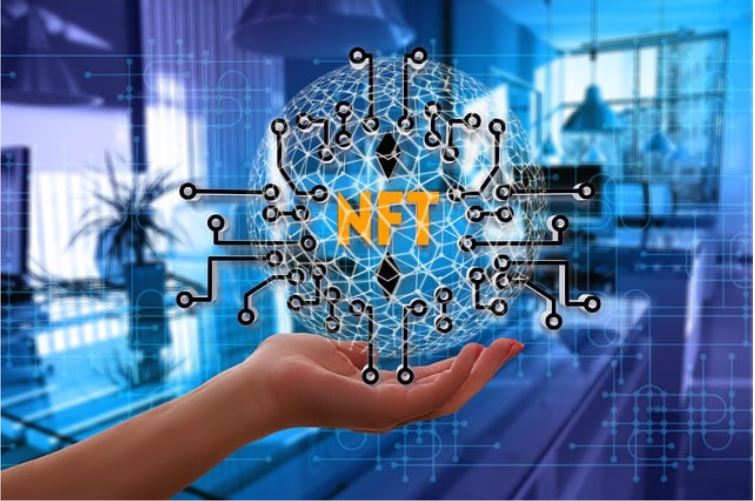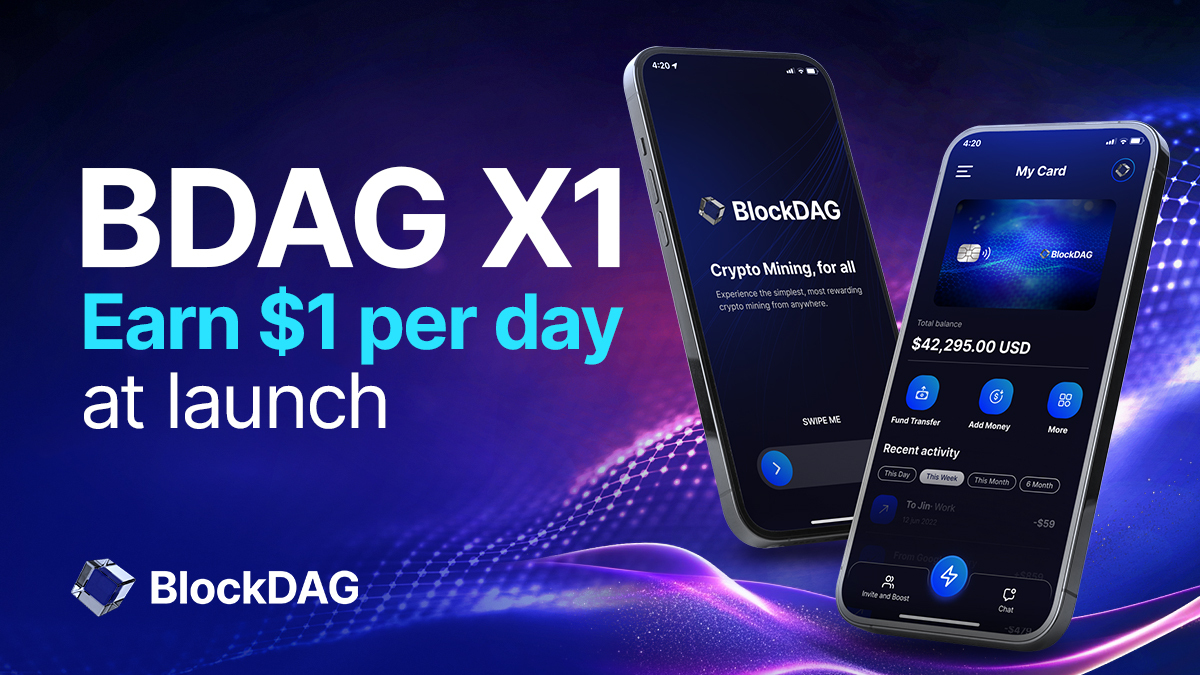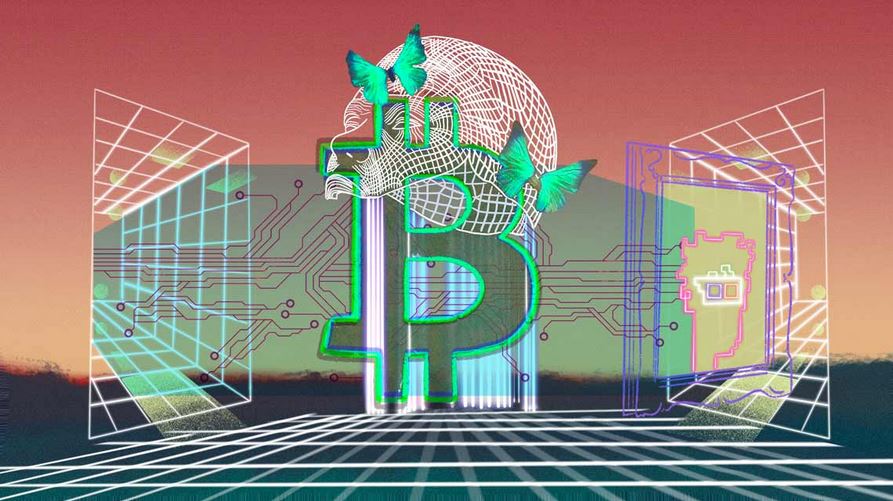The application of non-fungible tokens (NFTs) is a potent game changer in the gaming industry because of the advantages they bring to the sector. NFTs have become very popular for many reasons, including the sense of ownership they provide to holders and the representation they bring to any community of users, regardless of the sector. For gaming, the perks obtainable from NFTs cover a wide range of use cases.
The Impact of Cryptocurrency in NFT Gaming Platforms
Cryptocurrencies and NFTs rely on blockchain technology, making them somewhat interoperable despite some dissimilarities. Crypto has significantly improved NFT gaming by revolutionizing the interaction between players and their favorite games as they buy, sell, or trade in-game assets. The following are specific areas of crypto impact on NFT gaming.
- Asset Tokenization: Cryptocurrency facilitates tokenizing in-game assets by ensuring their representation on the blockchain. These assets may include skins, weapons, and several other items that help players progress through game levels. Even on the crypto casino landscape, cryptocurrencies help to tokenize assets on iGaming platforms, such as medals won at tournaments, casino cards and chips, loyalty points, and player profiles or identities.
- Interoperability Between Platforms: Cryptocurrency is the best way to ensure compatibility across NFT gaming platforms. Players can connect one crypto wallet to multiple platforms to easily trade digital assets or simply move NFTs. This interoperability also expands the average player’s earning potential and encourages game developers to build NFT games with cross-platform compatibility in mind.
- Funding: NFT gaming platforms can easily receive funding and investment via cryptocurrencies. Between May and November 2023, Web3 gaming projects received more than $1.4 billion in funding, with $476 million in May alone. In addition, a report from DappRadar on the state of blockchain gaming in the third quarter of 2023 revealed that the sector attracted $2.3 billion in the first three quarters, with $739 million, $973 million, and $600 million, in the first, second, and third quarters, respectively. Investments in NFT gaming are more accessible through crypto, via channels like Initial Coin Offerings (ICOs), which can directly fund an NFT platform’s native token.
- Community Participation: The best way to ensure that the platform’s community is involved in decision-making is via cryptocurrencies. Many platforms float governance tokens that players can buy to guarantee a seat at the table, which allows them to contribute to decisions that affect the platform. This is common among platforms that democratize their governance via decentralized autonomous organizations (DAOs). Typically, these platforms use a tiered system, such that players with the most governance tokens control the most votes. Decisions may include changes to gameplay or allocating resources to research and development.
- Rewards: NFT gaming platforms can use cryptocurrencies to reward users for playing or contributing to the game. For instance, players may earn crypto for crossing specific levels or scaling particular milestones. Players may also accumulate cryptocurrencies as rewards for their participation in community assets. Recipients may then use the crypto to buy NFTs and other in-game assets or withdraw the funds to an external crypto wallet or exchange.
Challenges NFT Gaming Platforms Face With Crypto Integration
According to a Mordor Intelligence report, the NFT gaming market in 2024 is expected to hit $471.9 billion and rise at a Compound Annual Growth Rate (CAGR) of 14.84% to $942.58 billion between 2024 and 2029. For play-to-earn (P2E) games, the projection is $6.3 billion – a CAGR of 21.3% from the $755 million recorded in 2021. Generally, observers expect a considerable increase in the NFT gaming market, creating fertile ground for cryptocurrencies to continue impacting the sector. Unfortunately, there are several major challenges that NFT gaming platforms are likely to face in 2024.
- Market Volatility: The general instability in the crypto market is one of the significant drawbacks of cryptocurrency. The prices of most decentralized digital assets are so volatile that they can swing suddenly and without warning. In some cases, these swings could significantly increase a player’s holdings, making their wallets more valuable.
However, these fluctuations can wipe out the entire value of a wallet, eventually diminishing the average user’s gaming experience and creating uncertainty among players and platforms. The volatility can make players reluctant to deposit and exchange cryptocurrencies on these platforms and cause players to reconsider leaving their assets for longer periods. Although stablecoins may help to solve these problems, switching from native utility and governance tokens to stablecoins might be difficult for most gaming platforms.
- Regulatory Uncertainty: Regulation in the crypto and blockchain sector is still largely uncertain in many jurisdictions. Currently, several government authorities are working on creating robust rules and regulations that provide a legal framework for developers and creators. These rules usually cover taxation, specific laws for assets considered securities, consumer protection, intellectual property provisions, know-your-customer (KYC) rules, and anti-money laundering (AML) requirements. However, where they exist, these laws are sometimes detrimental to the sector.
In some cases, authorities forcefully apply laws created for the traditional sector to crypto. In others, the government may implement new laws specifically designed for crypto. However, these rules are sometimes stifling and do not support growth, development, and innovation. For instance, the French National Assembly recently passed a new NFT Gaming Law, known as the Sorare Law, that bans influencers and minors from NFT promotions and also prevents players from exchanging crypto winnings for fiat.
- Traditional Integration: NFT gaming platforms are usually incompatible with traditional gaming ecosystems. Even where this is possible, a technical barrier prevents players in the traditional gaming sector from participating actively in NFT gaming. Achieving interoperability between the traditional and crypto gaming sectors requires both sides to agree on standards, protocols, data formats, and APIs.
In addition, both sides of the divide must collaborate to build platforms and marketplaces that a diverse range of communities can easily enjoy, whether on the crypto or traditional side. Unfortunately, this will likely require a significant amount of resources that either side may be unable to afford.
- Environmental Issues: One major point used to argue against the widespread adoption of cryptocurrencies is energy consumption. Proof-of-work (PoW) blockchains like Bitcoin use heavy and complex machinery that consumes much electricity. These energy-intensive cryptocurrencies are said to contribute to carbon emissions and environmental degradation, calling their sustainability into question. Any NFT gaming platform that relies on a PoW blockchain could face heavy criticism, in addition to high operational costs.
One way to get around this problem is for NFT gaming platforms to consider PoS blockchains instead. Other options include investing in renewable energy sources or contributing to efforts geared at environmental conservation.
- User Experience: Unfortunately, introducing crypto and blockchain into gaming can make the average user experience more complex than expected. Instead of simply playing games, users have to worry about setting up cryptocurrency wallets, understanding crypto transactions, and generally acclimating themselves to new technology. Although beneficial in the long run, this process can impact adoption and player retention.
Generally, NFT gaming requires simplicity to attract people in the traditional gaming sector instead of complexities that could be discouraging. These platforms could consider simplifying their registration and onboarding processes, in addition to easy instructions on performing even the most complex transactions. Also, platforms may consider customer support teams that work round the clock to retain existing players and attract new ones.
- Transaction Fees: Cryptocurrency transactions are generally cheap, especially compared to traditional transactions of the same value. However, high transaction fees is still a major problem for crypto platforms, especially during periods of network congestion. High fees could cut off large chunks of developer earnings, making the sector less economically attractive to investors. On the player’s end, deposits can be significantly depleted because of transaction fees. This makes players less motivated to play P2E games regardless of the earning potential. Developers can get around this by integrating a layer-2 network to accommodate more transactions and reduce network fees.
- Scalability: Layer 2 platforms also help to solve the scalability challenge NFT gaming platforms will face in 2024. Most blockchain platforms struggle with scalability, especially as adoption increases. With more players initiating simultaneous transactions, networks struggle to handle the volume and throttle their speed and performance. Unfortunately, scalability also directly impacts adoption, as players will eventually find other options if their favorite platform continuously lags.
- Security Concerns: Even though blockchain technology is secure, there are a few security challenges these platforms face, including hacks, phishing scams, unauthorized access to accounts, and smart contract vulnerabilities. In addition, crypto servers, wallets, and marketplaces may also be successfully targeted by hackers who know how to sidestep some of the blockchain’s inherent security measures. Crypto hacks can lead to a loss of funds that could affect players as well as the gaming platform.
According to research, crypto hackers successfully stole $1.7 billion in 2023, with North Korea’s hacking group Lazarus allegedly responsible for $300 million in stolen funds. To boost security, platforms are advised to conduct regular assessments, perform penetration testing, and audit smart contracts to quickly detect and fix any vulnerabilities found.
All investment/financial opinions expressed by NFTevening.com are not recommendations.
This article is educational material.
As always, make your own research prior to making any kind of investment.
Credit: Source link



























